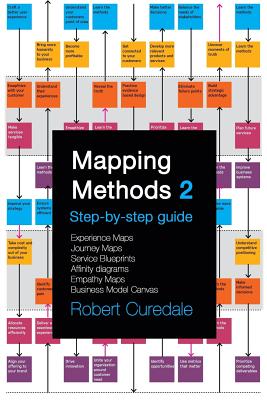






A comprehensive and highly visual overview, from the cultural and theoretical background to the amazing variety and everything one needs to know about the creative potential of emojis and how graphic designers can capitalize on this exciting communication trend.
A means of expression for billions of people, emojis have established their function in our everyday lives. Increasingly complex in quality and quantity, these written language companions have long since transcended the realm of written communication to become a pop culture phenomenon of their own. This handbook is a manual and source of inspiration for anyone seeking to understand and use the full potential of emojis in visual communication.
It combines cultural, historical, and theoretical backgrounds with practical application examples. Selected works from recent years demonstrate the formal diversity of emojis and offer inspiration for one's own work. Specific cases are used to show how emojis can be used in very different ways in the implementation of design tasks and creative projects to thus become part of visual identities.


The third edition of Design Elements solidifies its place as a cornerstone reference for understanding and applying the principles of graphic design. With expanded content, updated visuals, and refined explanations, this edition provides a clear, structured approach to mastering the foundations of visual communication.
What's Inside:
Successful design relies on precision, clarity, and intent. By mastering its underlying principles, designers can create work that not only captures attention but also communicates effectively. This edition provides both the theoretical framework and the practical tools to approach design challenges with confidence and purpose.
Design Elements, Third Edition in coordination with Design Elements: Color Fundamentals and Design Elements: A Graphic Style Manual continues to be an authoritative guide for anyone seeking to deepen their understanding of graphic design and elevate the quality of their work.


Reflections and practical action for the rapidly evolving discipline of visual communication.
Communication design is undergoing radical changes: an overabundant flood of information, fake news, bots, AI, social media, crude graphic tools on the Internet as well as the speed of processes and increasing pressure to be efficient, coupled with increased competition in the design sector and sometimes precarious working conditions. All of these factors put creatives in the field under pressure, leaving them little time to reflect on their own work. This handbook responds to the current situation by shedding new light on the societal relevance of the discipline in the context of professional practice.
The authors use their extensive expertise, practical work examples, and actionable suggestions to identify what really matters in visual communication. They describe the far-reaching interconnectedness of design with a wide range of issues and deal intensively with the current challenges. The overarching leitmotif is that communication design is always the result of the attitude of its protagonists - this compendium makes clear how their actions influence communication, what values are conveyed, and what our visual world looks like as a result.



Master the design ideas that shape the world we live in today.
In a series of 50 accessible essays, John Jervis introduces and explains the centralmovements, inventions and creative geniuses of design, tracing its evolution from the 19th century to the present day. From arts and crafts and typography to key movements such as art deco and Bauhaus, 50 Design Ideas You Really Need to Know is complete introduction to the most important design concepts in history.






